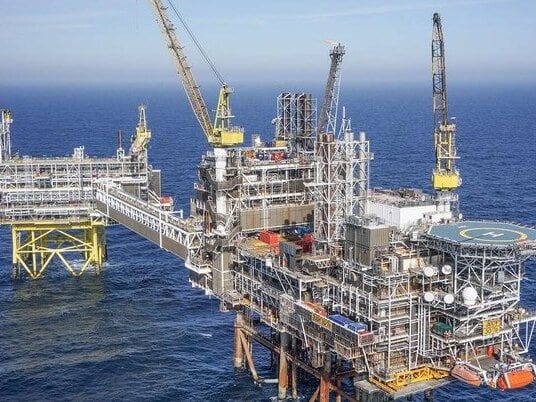OPEC maintains its previous projection for global oil demand in 2023.
The Organization of the Petroleum Exporting Countries (OPEC) has decided to maintain its projection for global oil demand in 2023 unchanged. The announcement was made on Tuesday, following the organization’s regular meeting to discuss oil market conditions.
According to the latest OPEC report, the global oil demand is expected to reach 100.8 million barrels per day by 2023. This projection is based on a number of assumptions such as the continued growth of the global economy, population growth, and the adoption of cleaner energy sources.
The decision to maintain the projection comes as a relief to the oil industry, which has been facing a number of challenges over the past few years. The industry has been hit hard by the COVID-19 pandemic, which has led to a significant drop in global oil demand. This has been compounded by the rise of renewable energy sources, which have started to replace fossil fuels in some markets.
Despite these challenges, OPEC remains optimistic about the long-term outlook for the oil market. The organization believes that the global oil demand will gradually recover as the pandemic subsides and economic activities resume.
One of the key factors driving the demand for oil is the continued growth of the global economy. According to the International Monetary Fund (IMF), the global economy is expected to grow by 4.4% in 2022 and 3.8% in 2023. This growth is expected to be driven by emerging economies, particularly in Asia.
Another factor driving the demand for oil is population growth. According to the United Nations, the world’s population is expected to reach 8.5 billion by 2030, up from 7.8 billion in 2021. This increase in population is expected to lead to a corresponding increase in demand for energy.
Despite the rise of renewable energy sources, OPEC believes that oil will continue to be a primary energy source for the foreseeable future. While renewable energy sources are becoming increasingly popular, they are unlikely to replace oil in the near future.
This is because oil is still required for a number of industries, including transportation, manufacturing, and agriculture. While electric vehicles are becoming more common, they are still a relatively small part of the global transportation market. This means that the demand for oil in the transportation sector is likely to remain high for the foreseeable future.
In addition, renewable energy sources are not yet capable of meeting the energy demands of certain industries, such as manufacturing and agriculture. These industries require a reliable and consistent source of energy, which is currently provided by fossil fuels.
As a result, OPEC is committed to ensuring that the necessary investments are made to meet the growing global demand for oil. This includes investing in new oil production facilities and improving the efficiency of existing facilities.
The decision by OPEC to maintain its projection for global oil demand in 2023 is likely to have an impact on oil prices in the coming months. While the global economy is still recovering from the pandemic, a stable outlook for the oil market may provide some stability to the market.
In addition, the decision by OPEC may have implications for the renewable energy industry. While renewable energy sources are becoming increasingly popular, a stable outlook for the oil market may slow down the pace of transition to renewable energy.
However, it is important to note that renewable energy sources are not in direct competition with oil. While they may replace some uses of oil, they are unlikely to replace oil as a primary energy source in the near future.
In conclusion, OPEC’s decision to maintain its projection for global oil demand in 2023 is a sign of confidence in the long-term outlook for the oil market. Despite challenges such as the ongoing pandemic and the rise of renewable energy sources, OPEC remains committed to meeting the growing global demand for oil.




